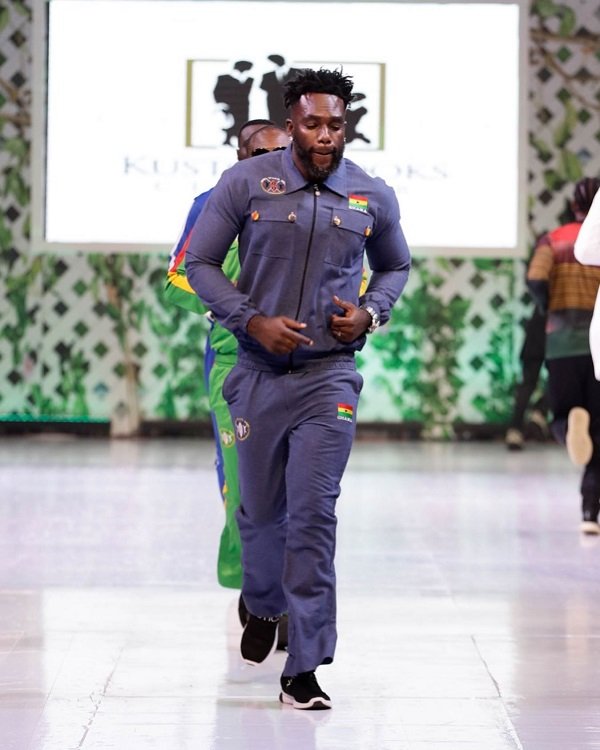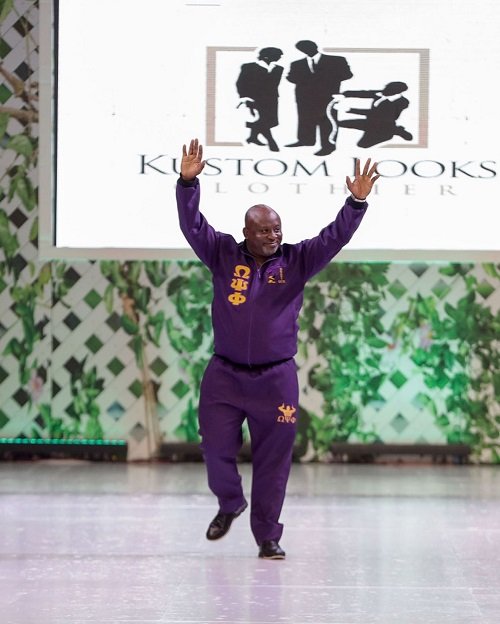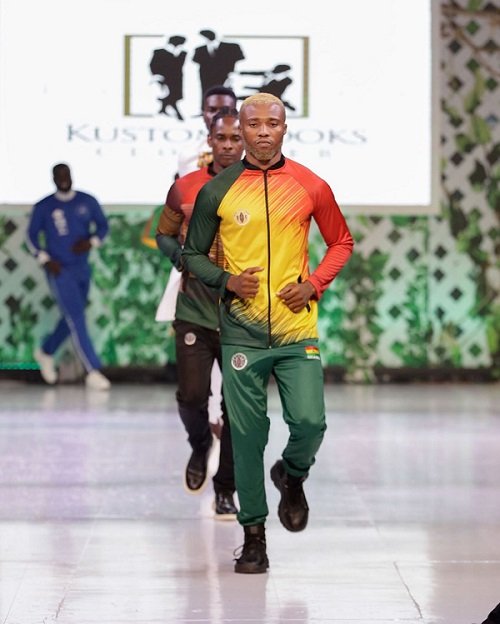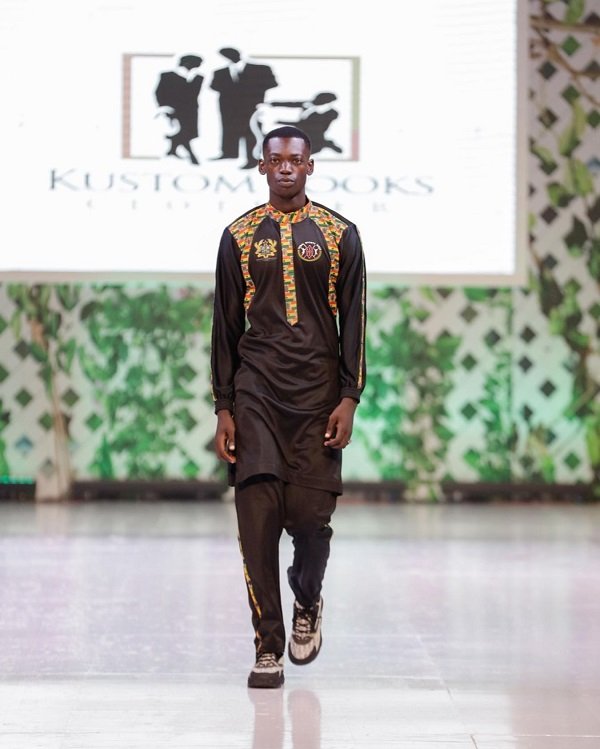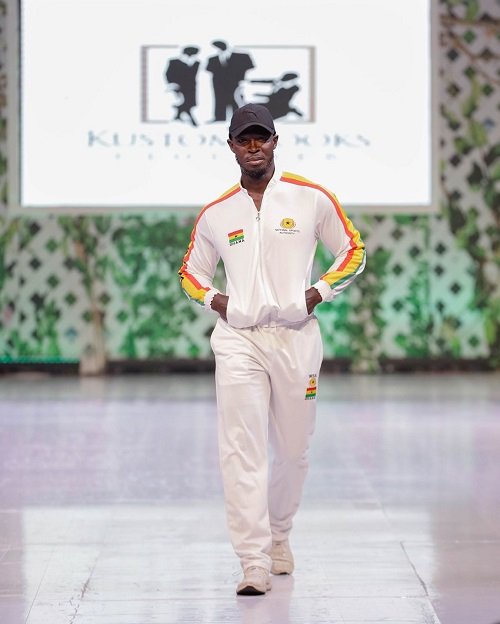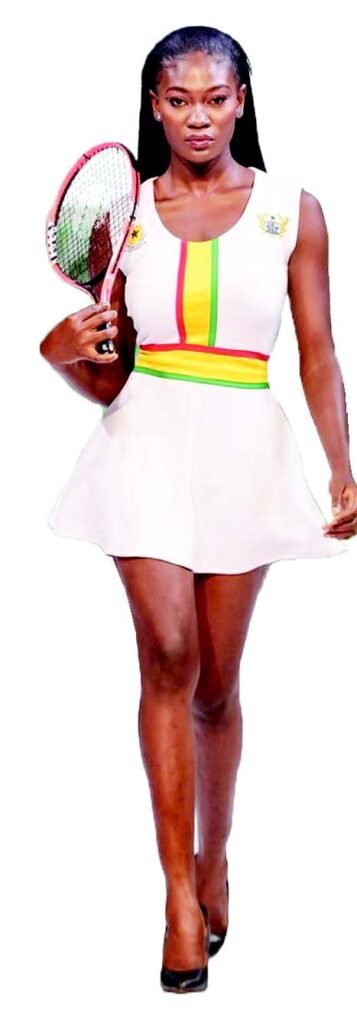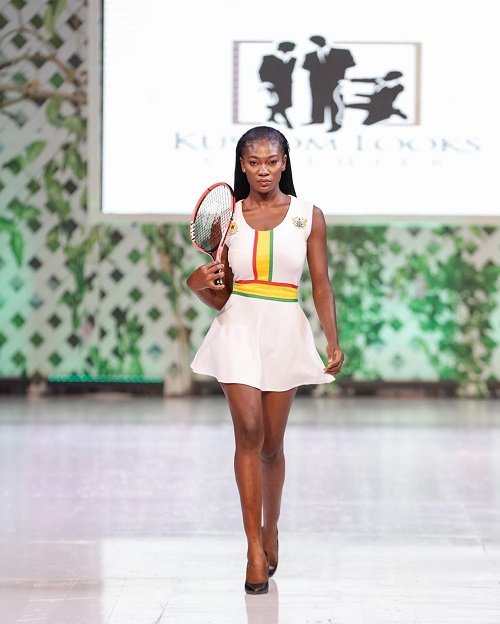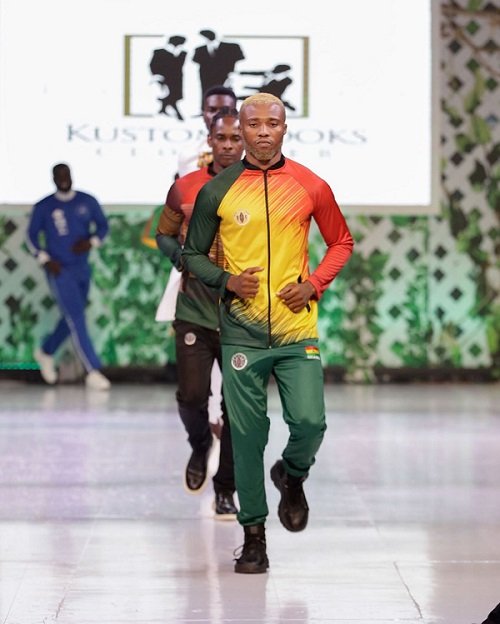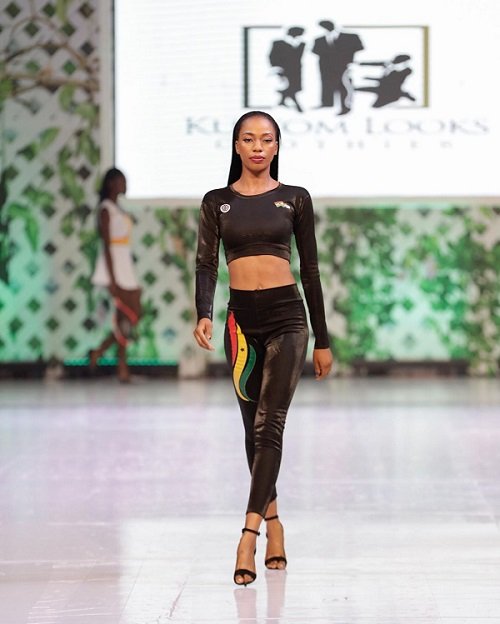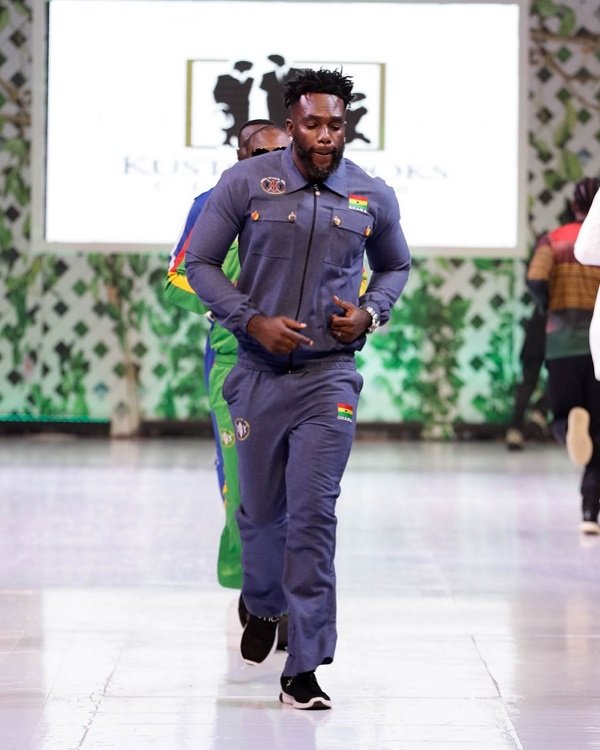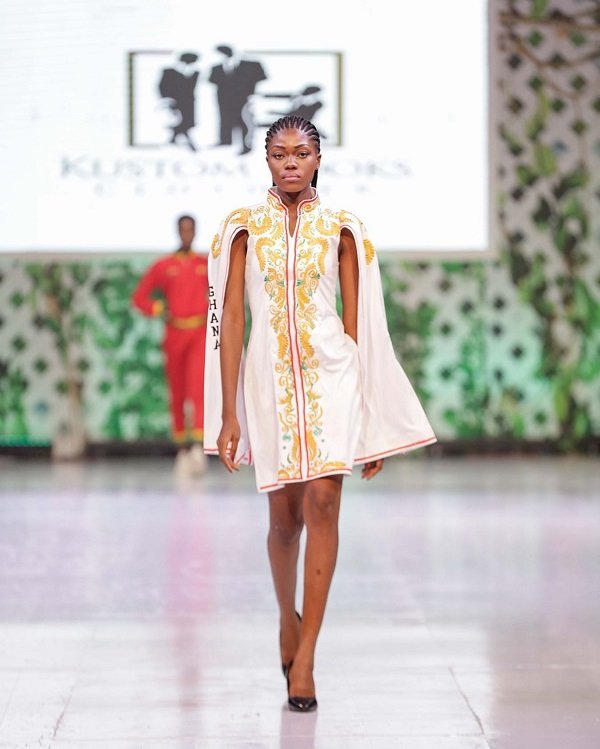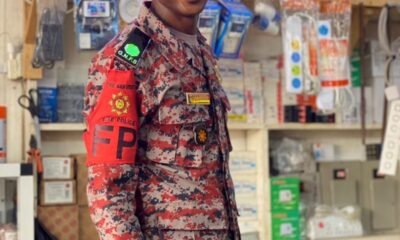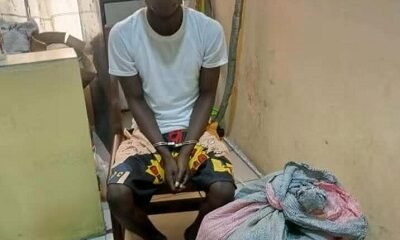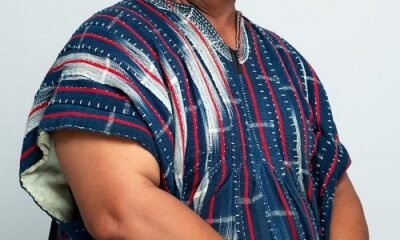Fashion
It’s Custom Sportswear
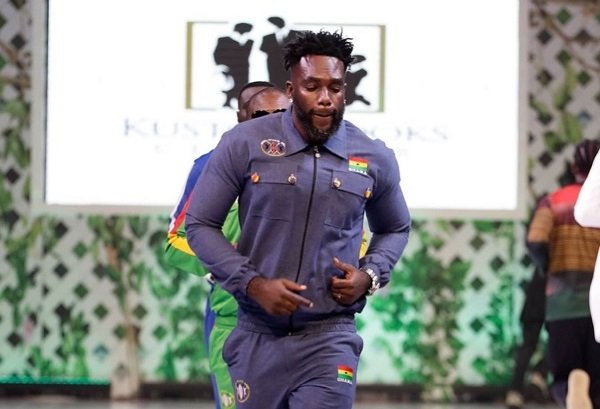
The 10th edition of Rhythms on Da Runway has showcased beautiful collection of designs.
The event which was held at The Dome of the Accra International Conference Centre (AICC) recently was organised by Nineteen57.
Themed ‘The Green Edition’ the event was to draw attention to sustainable solutions for development.
The event is a wonderful platform to showcase contemporary Ghanaian fashion, arts and crafts to help secure and improve job opportunities for our fashion designers, musicians, craftsmen and craftswomen.
Fashion
Reinventing African prints through blouse fashion

African fashion is experiencing a powerful renaissance, where traditional fabrics are being reimagined to fit today’s modern and stylish world.
At the heart of this transformation is the African print blouse once a simple wardrobe piece, now a standout symbol of cultural pride, elegance, and creativity.
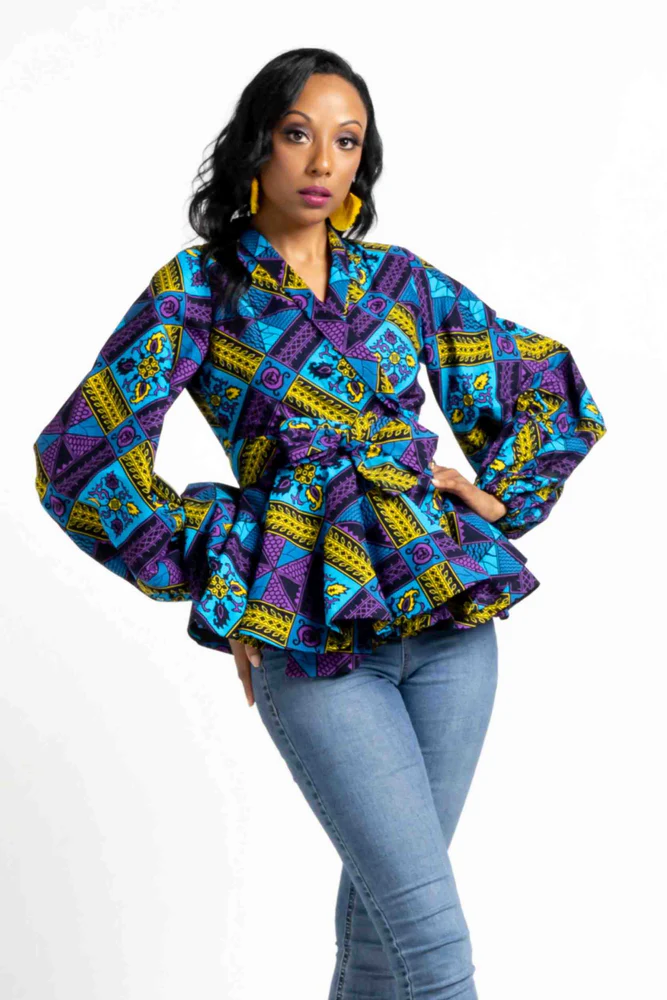
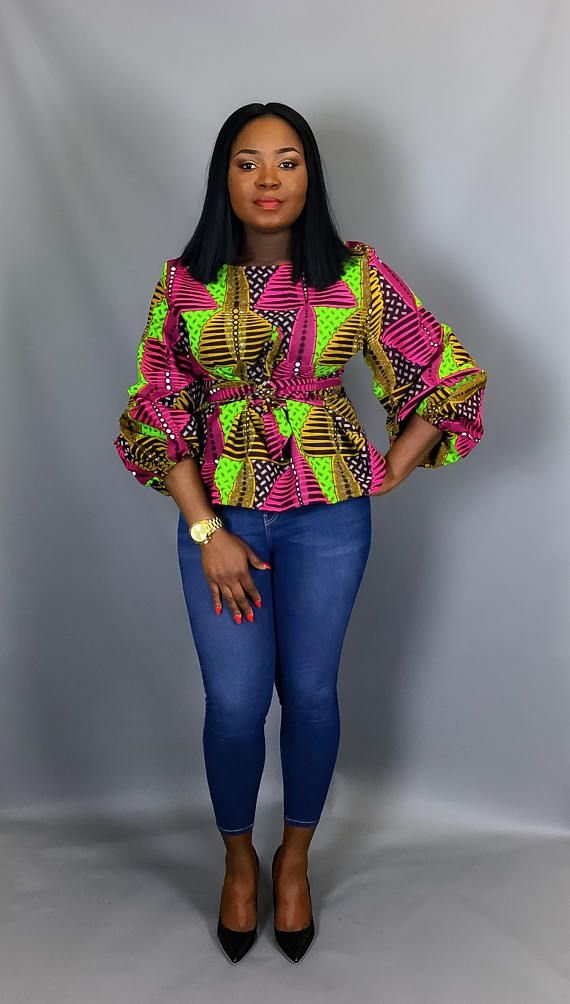
In the past, African prints were primarily used to make outfits such as kaba and slit, long gowns, or straight-cut dresses designed for weddings, church services, and festivals.
However, with evolving tastes and increasing global influence, fashion designers are now reinterpreting these traditional garments into versatile pieces that cater for the modern lifestyle.
Today, it is common to see stylish women pairing printed blouses with jeans, wide-legged trousers, or even tailored shorts effortlessly blending heritage with modernity.
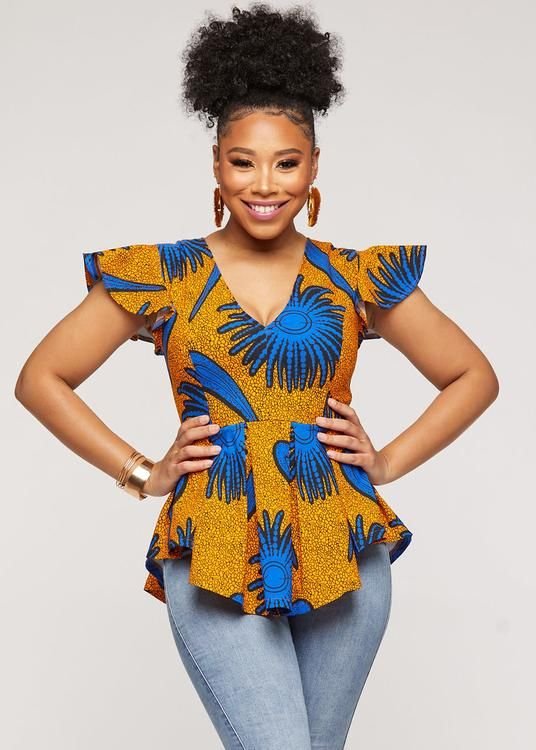
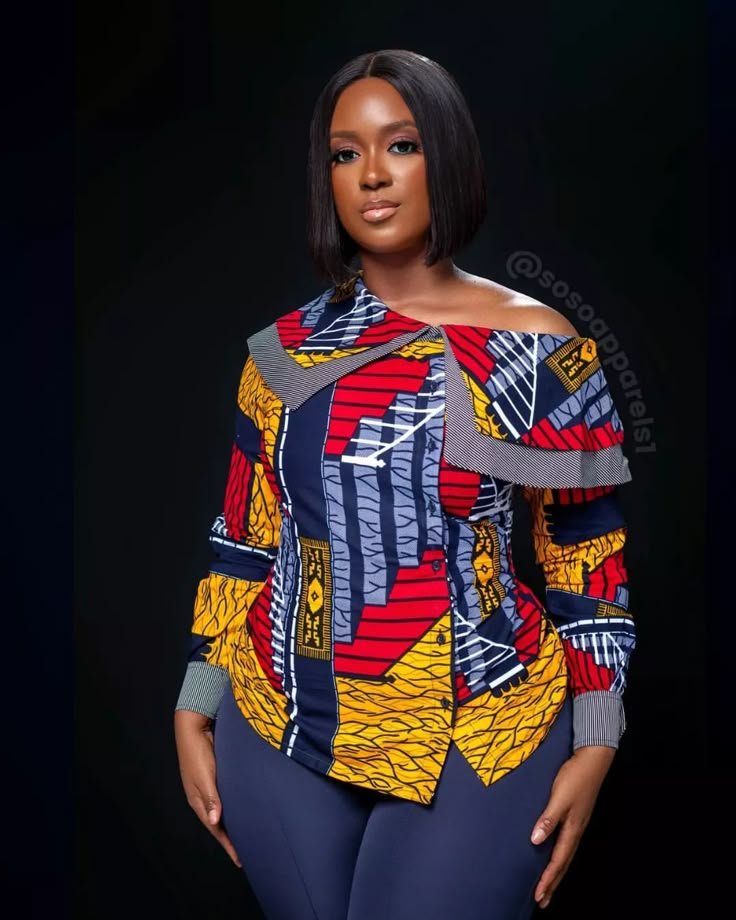
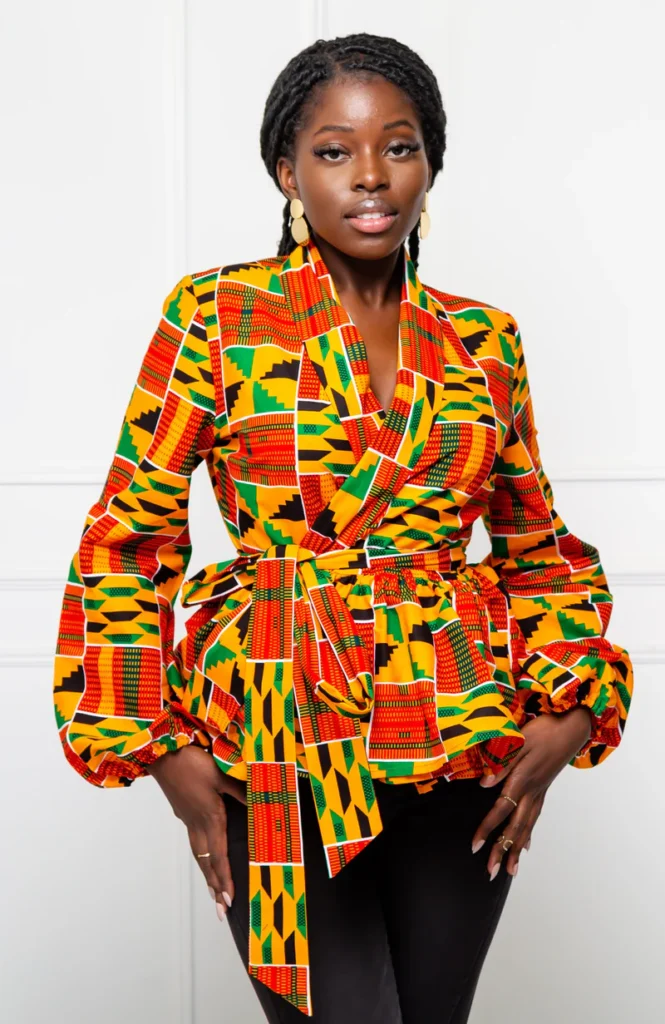
This style evolution has not only refreshed wardrobes but also challenged outdated notions of what African prints can represent in fashion.
This revival has been boosted by prominent African models such as Adut Akech, Mayowa Nicholas, and Maria Borges, who have graced international runways and fashion campaigns dressed in stunning African prints.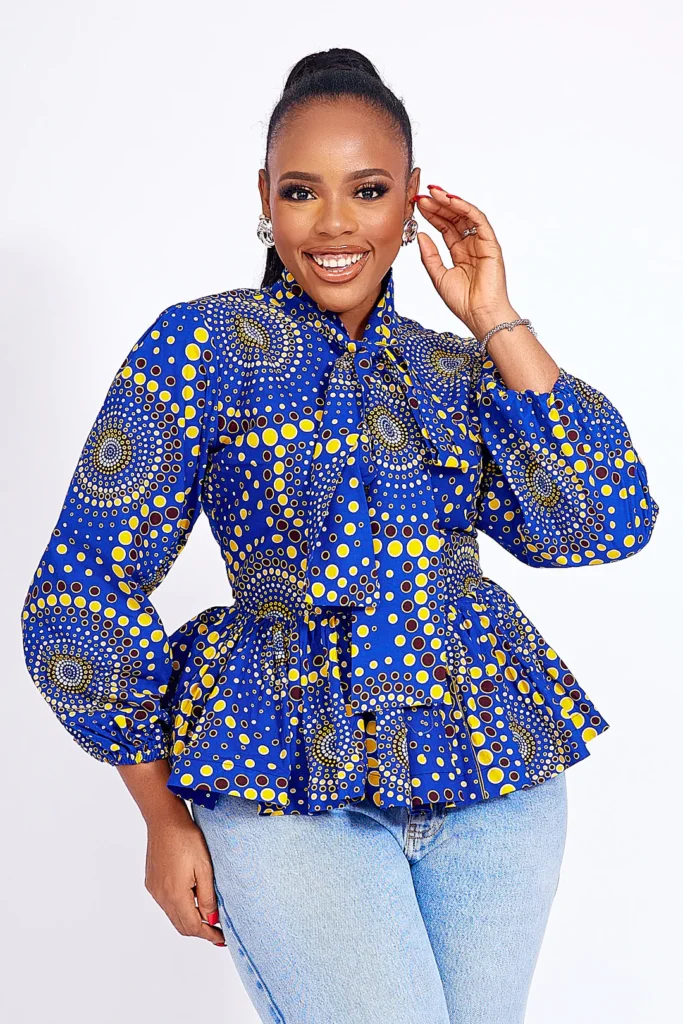
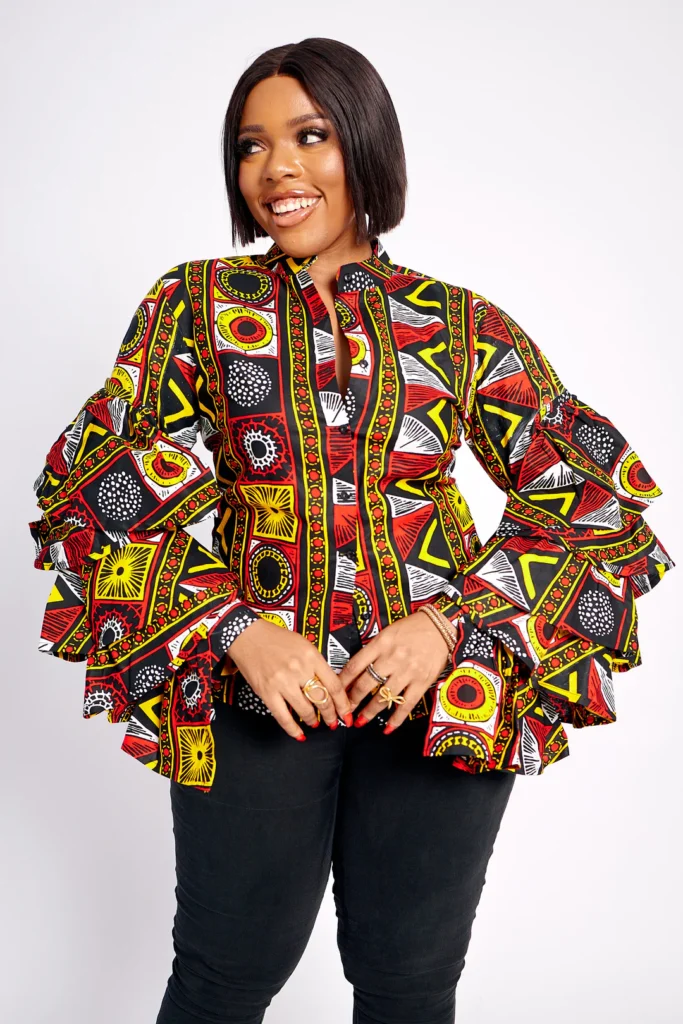
A popular style seen among designers today involves crafting a V-neck, three-quarter-sleeve blouse with a fitted waist and flared peplum made from Ankara. The design is often elevated with subtle ruffles at the hem or bead detailing along the neckline.
By Georgina Boadiwaa Ntim
Fashion
A Symbolic Islamic art form celebrating culture, beauty, and spirituality
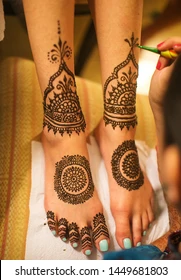
In many Muslim communities across the world, celebrations are not complete without the graceful adornment of stylish art ‘Lele’.
Most commonly associated with detailed henna designs applied to the hands and feet, Lele represents more than decoration; it is a sacred expression of identity, beauty, and belief.
Traditionally, it is most prominently showcased during festive occasions such as Eid celebrations, weddings, and naming ceremonies, where women and girls alike embrace the tradition to mark moments of joy, transition, and spirituality.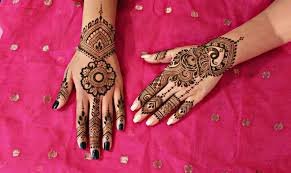
While Lele is often admired for its visual appeal, its significance runs much deeper.
The designs are constructed around Islamic artistic principles, repetitive patterns, calligraphy, and geometric arrangements.
These motifs are not merely decorative; they are symbolic. Patterns may represent eternal life, divine wisdom, interconnectedness, and the infinite nature of Allah.
Some designs include verses from the Qur’an or scriptural allusions, transforming the wearer’s body into a living canvas of spiritual meaning.
Women who wear Lele do so with pride, not just as an enhancement of physical beauty, but as a reflection of their cultural roots and inner faith.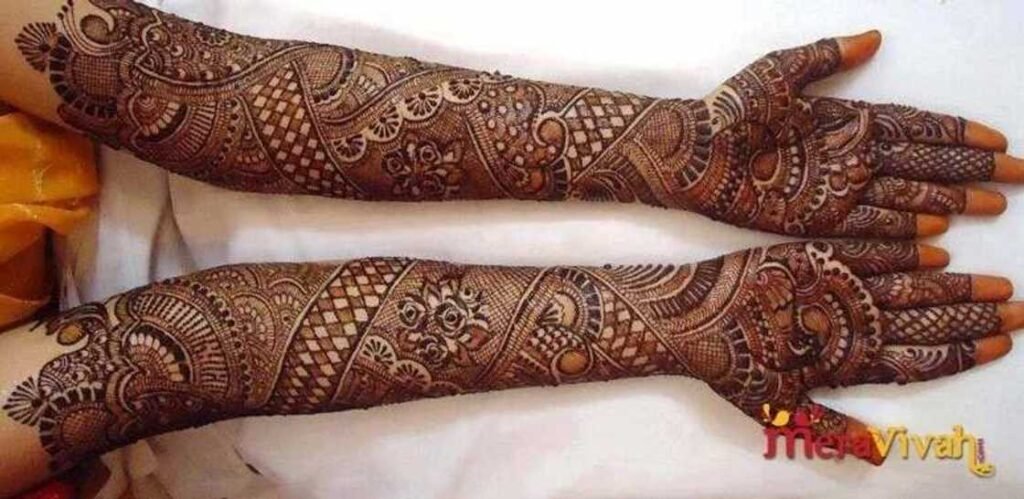
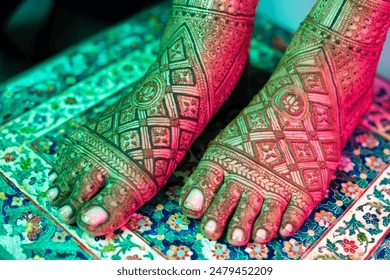
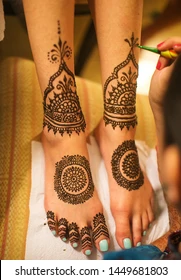

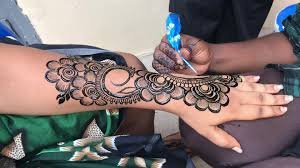
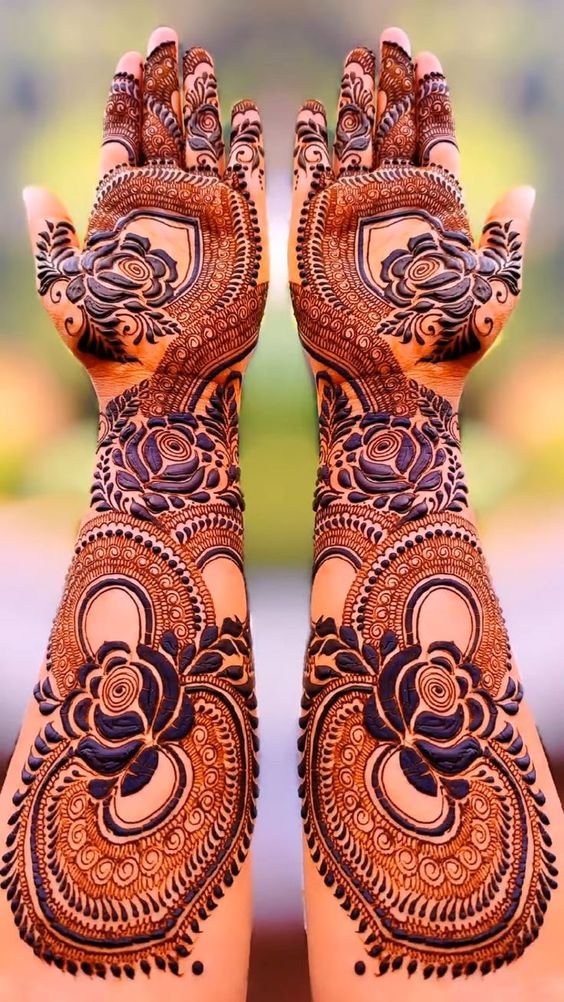
From mothers to young daughters, the practice is passed down like a treasured legacy.
Despite the growing popularity of modern body art, Lele retains its unique cultural importance. It is not just a beauty trend, but a continuing practice that speaks to generations of tradition.
By Georgina Boadiwaa Ntim

